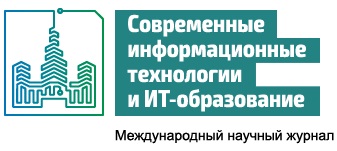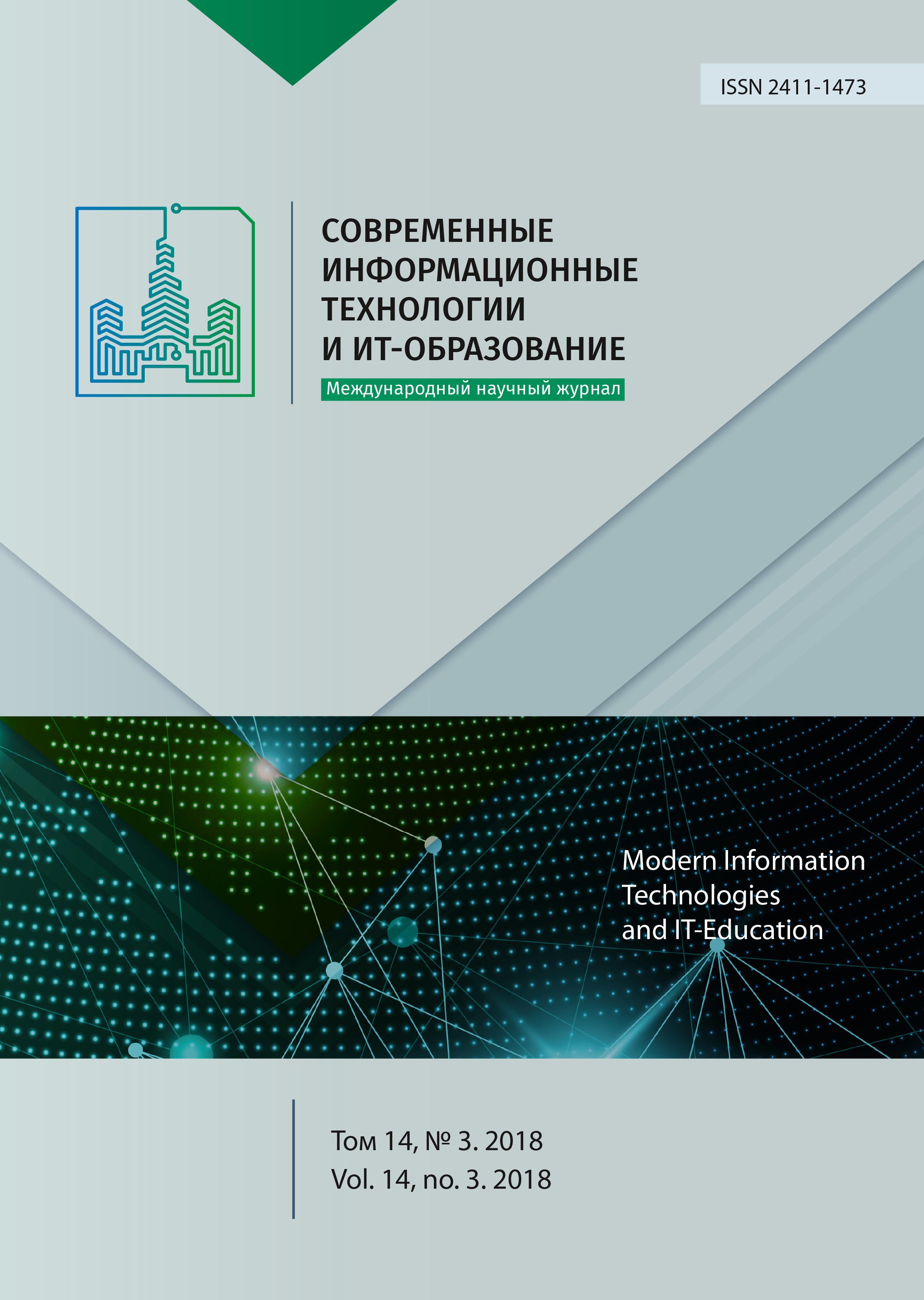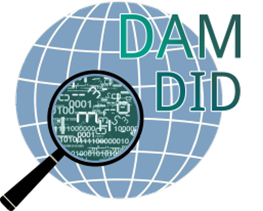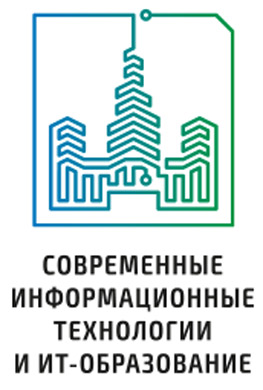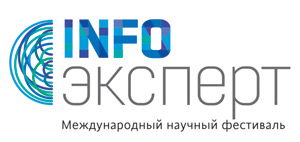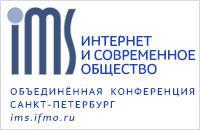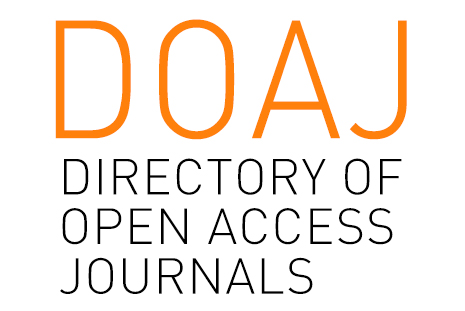ТРАНСПОРТНО-ЭКОНОМИЧЕСКИЙ БАЛАНС И ЕГО РОЛЬ В КООРДИНАЦИИ ТРАНСПОРТНОГО ПЛАНИРОВАНИЯ В УСЛОВИЯХ ЦИФРОВОЙ ТРАНСФОРМАЦИИ
Аннотация
Планирование и прогнозирование перевозок с использованием экономико-математического инструментария транспортно-экономического баланса является важной научной и прикладной задачей, направленной на совершенствование транспортно-экономических связей с учетом соотношения между размерами производства и потребления товаров и потребности в объемах транспортной работы для их ввоза или вывоза. Математическая модель транспортно-экономического баланса, включающая основные балансовые уравнения, задает его структуру и правила построения. Транспортно-экономический баланс Российской Федерации, описывает фактические и прогнозные объемы и корреспонденции грузовых перевозок между регионами страны железнодорожным, автомобильным, внутренним водным и морским транспортом по родам грузов. Баланс фактических грузопотоков построен за период с 2007 по 2016 годы на основе статистики промышленности, торговли, строительства, сельского хозяйства, топливно-энергетического комплекса, экспорта и импорта, а также транспортной статистики железнодорожного, морского, внутреннего водного и автомобильного транспорта. Прогноз грузовой базы и грузопотоков строится на период до 2030 года с использованием сценарных условий и прогнозных оценок Минэкономразвития России, а также индексов развития экономики регионов с учетом технологических связей грузоемких производств. Баланс позволяет рассчитывать и обосновывать прогнозные нагрузки на инфраструктуру с учетом различных вариантов ее реконструкции и развития, изменения маршрутов, оптимально распределять прогнозные потоки по сети с учетом прогнозируемых характеристик пропускной способности, скоростей движения и предсказуемости времени доставки, загрузки элементов сети и перераспределения узких мест.
Литература
[2] Ispol'zovanie matematicheskih metodov i EHVM pri planirovanii razvitiya i raboty transporta [The use of mathematical methods and computers in planning the development and operation of transport]. G.I. Chernomordik, I.T. Kozlov (Eds.). M .: Transport, 1967. 294 p. (In Russian)
[3] Kovshov G.N. Transport in the system of models of long-term planning of the national economy. Economics and mathematical methods. Vol. XIII, no. 5. М., 1977, pp. 1034-1053. (In Russian)
[4] Kovshov G.N., Mikhailov A.D. About the transport factor in the system of optimal long-term planning of the national economy. Problems of optimal planning. Part II. M .: CEMI USSR Academy of Sciences, 1973. (In Russian)
[5] Livshits V.N. The choice of optimal solutions in the technical and economic calculations. M.: Economics, 1971. 255 p. (In Russian)
[6] Methodical foundations for building a system of models of national economic planning in a sectoral and territorial context. M: CEMI USSR Academy of Sciences, 1980. (In Russian)
[7] Transportnaya strategiya Rossijskoj Federacii na period do 2030 ot 22.11.2008 № 1734-r v redakcii rasporyazheniya Pravitel'stva Rossijskoj Federacii ot 11.06.2014 № 1032-r. Sobranie zakonodatel'stva Rossijskoj Federacii, 2008. № 50, st. 5977. Available at: https://www.mintrans.ru/documents/3/1009 (accessed 12.08.2018). (In Russian)
[8] Shirov A.A., Yantovsky A.A. Input-output macroeconomic model as the core of complex forecasting calculations. Studies on Russian Economic Development. 2014; 25(3):225-234. Available at: https://elibrary.ru/item.asp?id=24048736 (accessed 12.08.2018).
[9] Brandsma A., Ivanova O., Kancs d’A. RHOMOLO – a dynamic spatial general equilibrium model. Seville, Spain: JRC IPTS, 2011.
[10] Ivanova O. The role of transport infrastructure in regional economic development. TØI Report 671/2003. Oslo, 2003. 160 p. Available at: https://www.toi.no/getfile.php?mmfileid=9223 (accessed 12.08.2018).
[11] Ivanova O., Vold A., Jean-Hansen V. PINGO: A model for prediction of regional and interregional freight transport. Version 1. TØI rapport 578/2002. Oslo, 2002. 48 p. Available at: https://www.toi.no/getfile.php?mmfileid=2346 (accessed 12.08.2018).
[12] Commodity Flow Survey Overview. U.S. Department of Transportation, Bureau of Transportation Statistics. Available at: https://www.bts.gov/cfs (accessed 12.08.2018).
[13] Core Database Development for the European Transport policy Information System (ETIS). EU Transport Research and Innovation Monitoring and Information System. Available at: https://trimis.ec.europa.eu/?q=project/core-database-development-european-transport-policy-information-system-etis (accessed 12.08.2018).
[14] Dietzenbacher E., Los B., Stehrer R., Timmer M., de Vries G. The construction of World Input-Output Tables in the WIOD project. Economic Systems Research. 2013; 25(1):71-98. DOI: 10.1080/09535314.2012.761180
[15] Fachin S., Venanzoni G. IDEM: an Integrated Demographic and Economic Model of Italy. Proceedings of the 14th International Conference on Input-Output Techniques. CONSIP S.p.A., 2002. 15 p. Available at: https://www.iioa.org/conferences/14th/files/Fachiim.pdf (accessed 12.08.2018).
[16] Gaulier G., Zignago S. BACI: International Trade Database at the Product-Level. The 1994-2007 Version. CEPII Working Paper 2010-23. October 2010. CEPII. Available at: http://www.cepii.fr/CEPII/en/publications/wp/abstract.asp?NoDoc=2726 (accessed 12.08.2018).
[17] Helpman E., Melitz M., Rubinstein Y. Estimating Trade Flows: Trading Partners and Trading Volumes. The Quarterly Journal of Economics. 2008; 123(2):441–487. DOI: 10.1162/qjec.2008.123.2.441
[18] Lenzen M., Moran D., Kanemoto K., Geschke A. Building EORA: A global multi-region input-output database at high country and sector resolution. Economic Systems Research. 2013; 25(1):20-49. DOI: 10.1080/09535314.2013.769938
[19] Narayanan G., Badri A.A., McDougall R. Global Trade, Assistance, and Production: The Gtap 8 Data Base. Center for Global Trade Analysis, Purdue University, 2012. Available at: https://www.gtap.agecon.purdue.edu/databases/v8/v8_doco.asp (accessed 12.08.2018).
[20] Measuring Material Flows and Resource Productivity. Vol. I. The OECD Guide. OECD, 2008. 162 p. Available at: https://www.oecd.org/environment/indicators-modelling-outlooks/MFA-Guide.pdf (accessed 12.08.2018).
[21] STAN Database for Structural Analysis. Organisation for Economic Co-operation and Development (OECD). ISIC Rev. 3, SNA93. Available at: https://stats.oecd.org/index.Aspx?Datasetcode=stan08bis (accessed 12.08.2018).
[22] Sivakumar A. Modelling transport: A Synthesis of Transport Modelling Methodologies. Imperial College London Working Paper, 2007. 29 p.
[23] Sorratini J.A. Estimating Statewide Truck Trips Using Commodity Flows and Input-Output Coefficients. Journal of Transportation and Statistics. 2000; 3(1):53-67. Available at: https://www.bts.gov/sites/bts.dot.gov/files/legacy/publications/journal_of_transportation_and_statistics/volume_03_number_01/jts_v3_n1.pdf (accessed 12.08.2018).
[24] Global Material Flows Database Available at: http://www.Materialflows.net (accessed 12.08.2018).
[25] Heyndrickx Ch., Kartseva M., Tourdyeva N. The SUST-RUS database: regional social accounting matrix for Russia. SUST-RUS Project Report, 2011. 36 p. Available at: http://www.cefir.ru/index.php?l=eng&id=528 (accessed 12.08.2018).
[26] Tukker A., Poliakov E., Heijungs R., Hawkins T., Neuwahl F., Rueda-Cantuche J.M., Giljum S., Moll S., Oosterhaven J., Bouwmeester M. Towards a global multi-regional environmentally extended input-output database. Ecological Economics. 2009; 68(7):1928-1937. DOI: 10.1016/j.ecolecon.2008.11.010
[27] United Nations Statistics Division. UN Comtrade – United Nations Commodity Trade Statistics Database. United Nations Statistics Division (UNSD): New York, NY, USA, 2012. Available at: https://unstats.un.org/unsd/databases.htm (accessed 12.08.2018).
[28] United Nations Statistics Division. United Nations Service Trade Statistics Database; United Nations Statistics Division (UNSD): New York, NY, USA, 2017. Available at: https://unstats.un.org/unsd/databases.htm (accessed 12.08.2018).

Это произведение доступно по лицензии Creative Commons «Attribution» («Атрибуция») 4.0 Всемирная.
Редакционная политика журнала основывается на традиционных этических принципах российской научной периодики и строится с учетом этических норм работы редакторов и издателей, закрепленных в Кодексе поведения и руководящих принципах наилучшей практики для редактора журнала (Code of Conduct and Best Practice Guidelines for Journal Editors) и Кодексе поведения для издателя журнала (Code of Conduct for Journal Publishers), разработанных Комитетом по публикационной этике - Committee on Publication Ethics (COPE). В процессе издательской деятельности редколлегия журнала руководствуется международными правилами охраны авторского права, нормами действующего законодательства РФ, международными издательскими стандартами и обязательной ссылке на первоисточник.
Журнал позволяет авторам сохранять авторское право без ограничений. Журнал позволяет авторам сохранить права на публикацию без ограничений.
Издательская политика в области авторского права и архивирования определяются «зеленым цветом» в базе данных SHERPA/RoMEO.
Все статьи распространяются на условиях лицензии Creative Commons «Attribution» («Атрибуция») 4.0 Всемирная, которая позволяет другим использовать, распространять, дополнять эту работу с обязательной ссылкой на оригинальную работу и публикацию в этом журналe.
